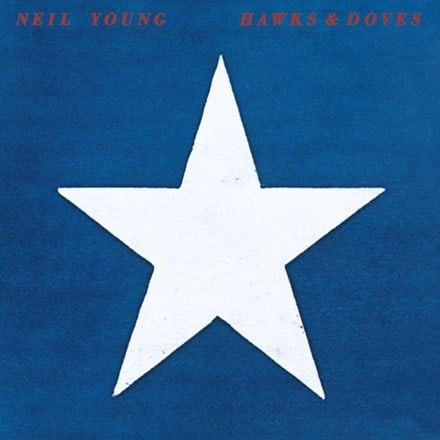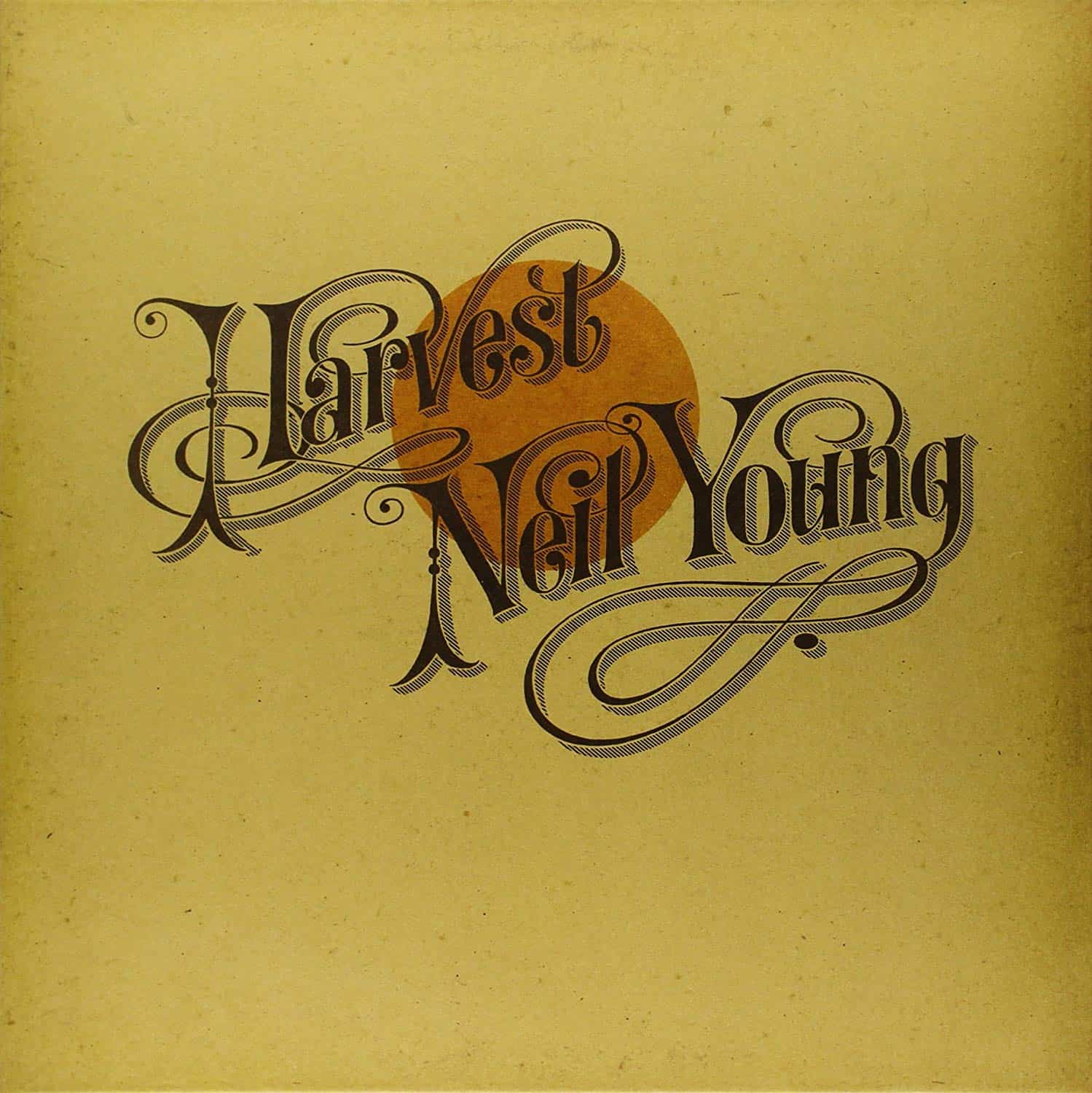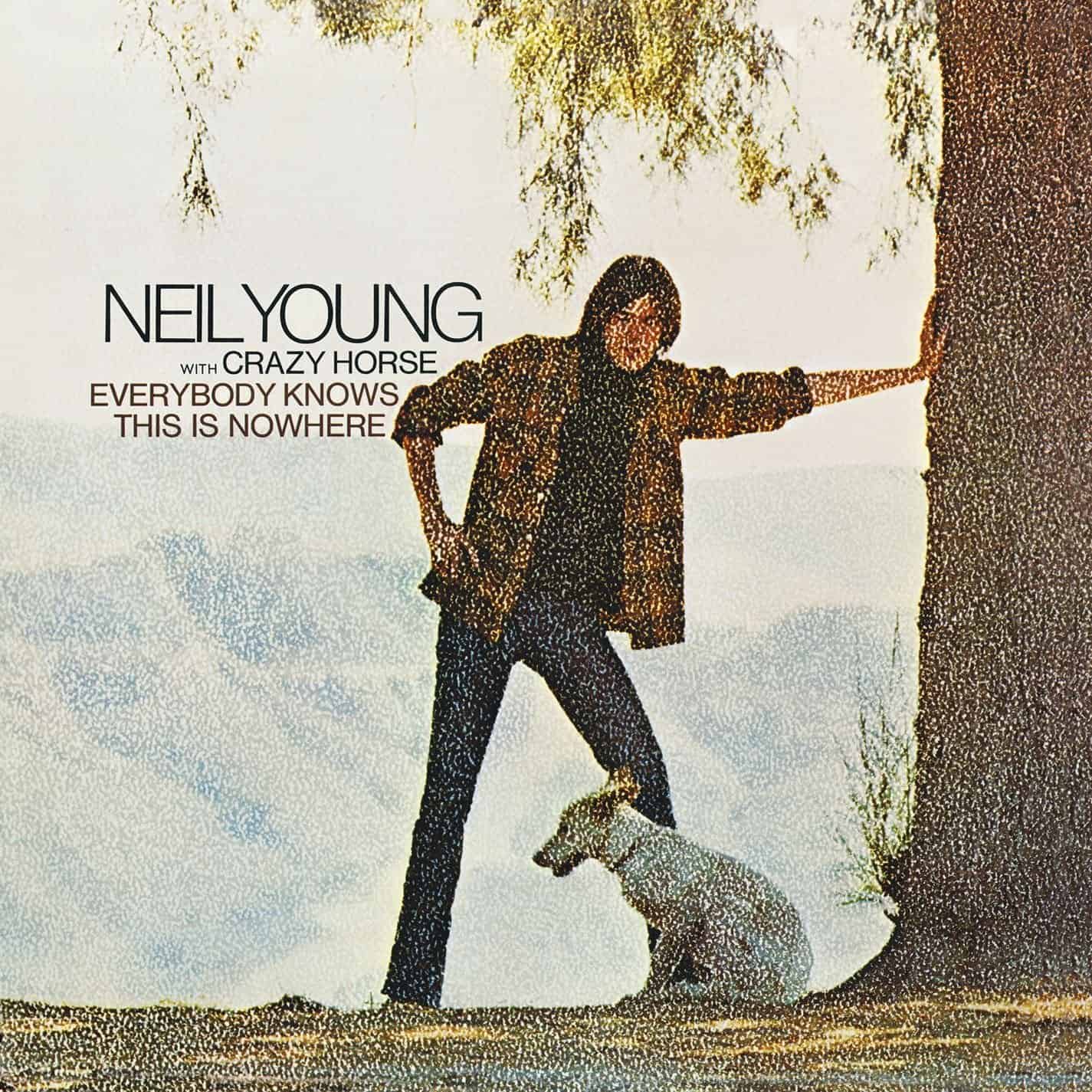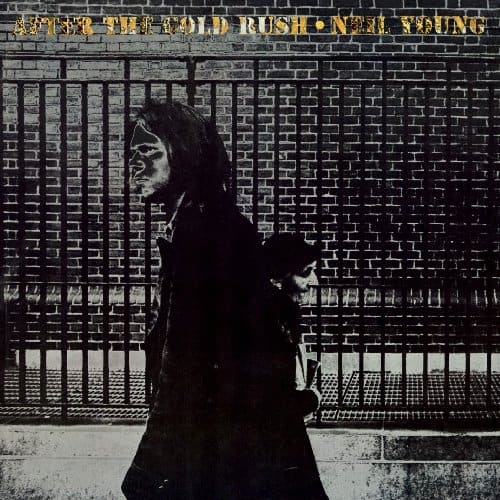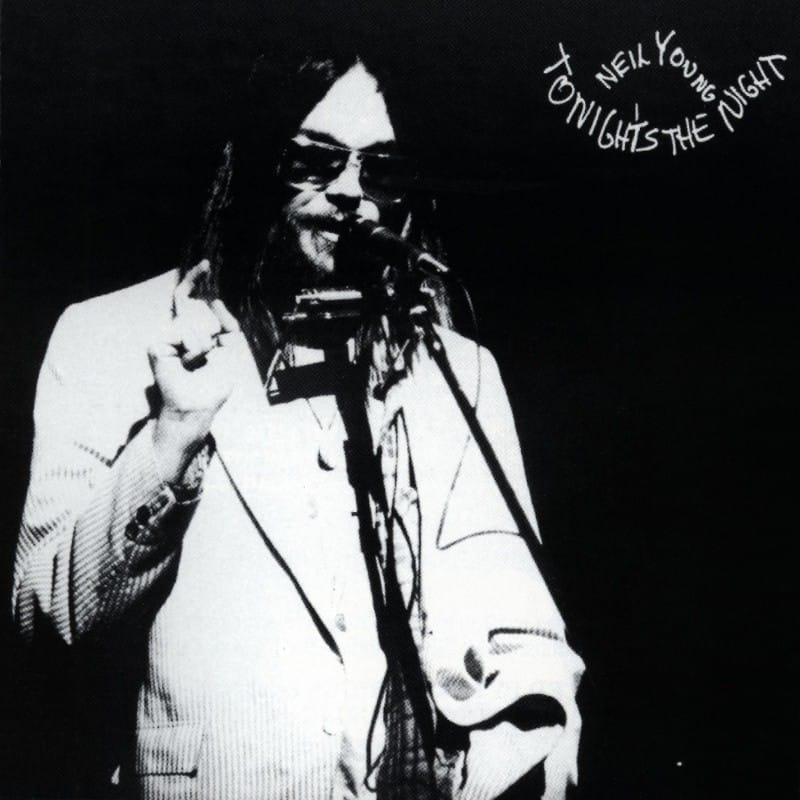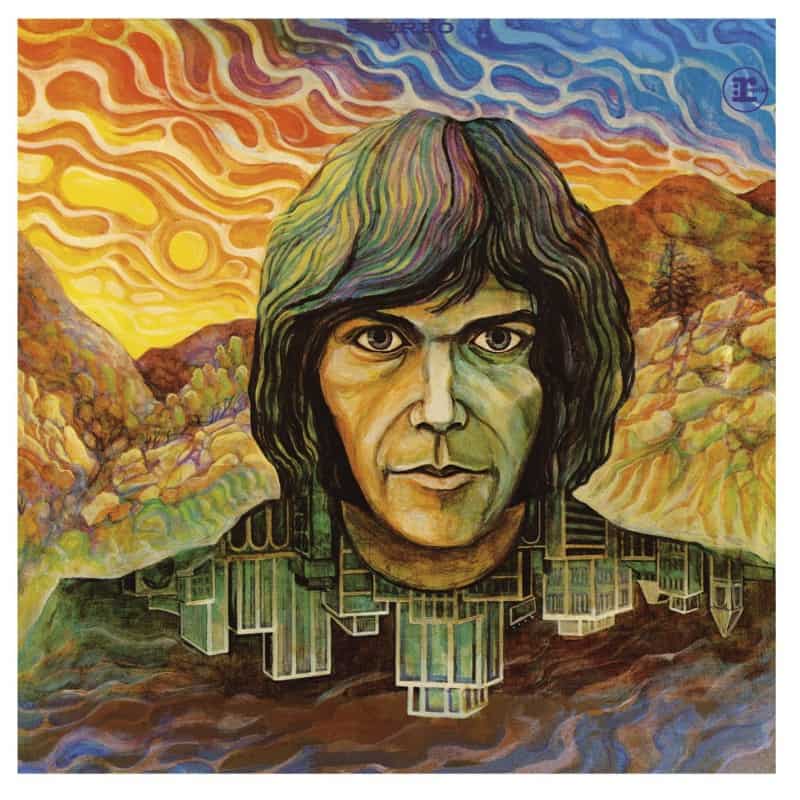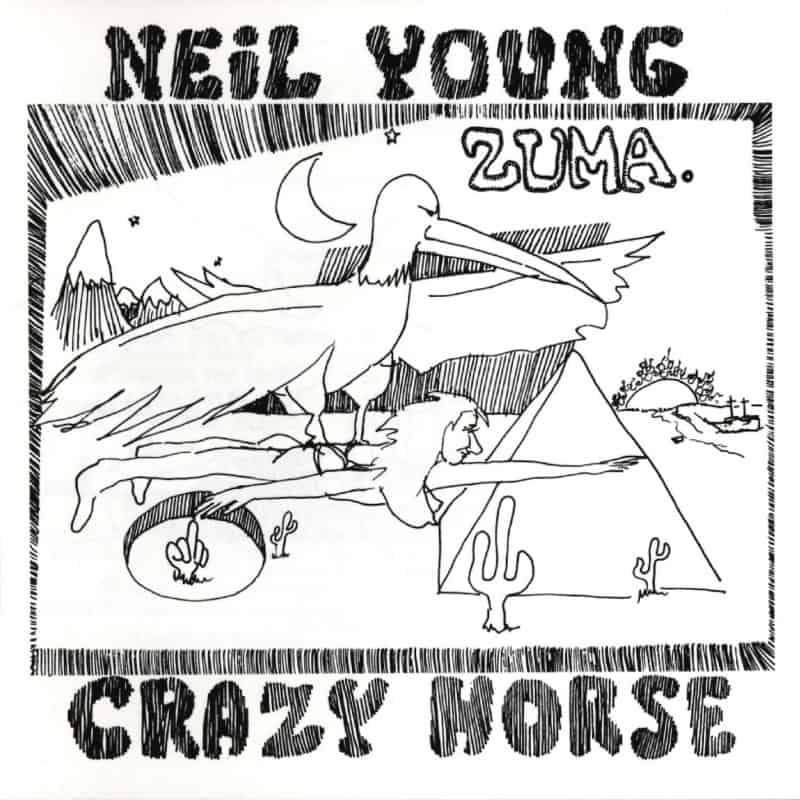Marketplace
2018 Reprise Records PRESSING
- Catalog Number 563181-1
- Release Year 2018
- Vinyl Mastering Engineer Chris Bellman
- Jacket Style Gatefold
When listening to this album I think of this band or music:
Harvest Moon inevitably evokes its predecessor, Harvest, made by Neil Young and many of the same musicians here two decades prior.
I would listen to this album while:
The record sounds and feels so natural and relaxed, it seems suited for any mood. But the themes, vibes, and coziness call out for enjoying with a life partner while sitting by a fireplace and thinking of all that has passed—and what might transpire in the future.
Music from this album would be a great soundtrack to this movie:
Young has always been protective when it comes to his music used in other projects. That said, Three Billboards Outside Ebbing Missouri possesses a mix of rustic character, Adirondack-chair charm, and emotional complexity that suit the quiet spunk and reserved determination displayed in many of these songs.
Along with its equally unthreatening cousin, Harvest, Harvest Moon remains one of the only albums by Neil Young embaced by listeners allergic to his amplified outings. Originally released in 1992, it arrived in the midst of one of the Candian native’s strongest creative streaks—a stretch that began with 1989’s Freedom and carried through 1995’s Mirror Ball, a collaboration with members of Pearl Jam. The work’s calm, low-key, and acoustic-based nature helped foster crossover commercial success that led to Young scoring an appearance on “MTV Unplugged” and later earning a recommendation from AARP. Talk about bridging generations.
Aptly, Harvest Moon primarily concerns age and aging, memories and maturity, anxiety and reassurance. Recorded when Young was 46 years old—two decades removed from the halcyon days surrounding Harvest—the material finds the singer viewing relationships from a different perspective, and at a crossroads while contending with feelings associated with growing older as well as growing apart. The genteel, laidback character of the ominipresent blend of pedal-steel guitars, banjos, and hushed percussion belies the uncertainty and nervousness etched into songs such as the still-life portrait “From Hank to Hendrix” and fragile plea “You and Me.” On the gorgeous orchestra-aided homage “Such a Woman” Young reasserts his commitment to his romantic partner while openly acknowledging the deep-seated pain that accompanies lasting love.
Solemn subtleties, both sonic and lyrical, extend into the epic “Natural Beauty,” at once a resplendent reminder and call-to-attention warning about the environment. Young also plays conscentituous objector on the sparse “War of Man,” streaked with the kind of detail and introspection that defines everything on Harvest Moon save for the bluegreass-tinted throwaway “Old King.”
Issued during an era which compact-disc sales exploded and major labels all but eliminated vinyl releases,Harvest Moon didn’t appear in analog in the U.S. until late 2017 courtesy of a pressing remastered by Chris Bellman. The CD doesn’t hold a candle to the overall presence, halos of air that ring background vocals by the likes of Linda Ronstadt and Nicolette Larson, rhythmic thrump of the acoustic guitars, or broom-sweep brush of the individual chords experienced on the 2LP version. Add that says nothing about the lifelike tonalities of Young’s fragile tenor, physical textures of accenting instruments such as the harmonica, or full-bloom low-end depth.
“I heard a perfect echo die/Into an anonymous wall of digital sound,” Young sings on the record. That’s no longer true on Harvest Moon.
Harvest Moon
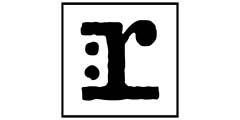
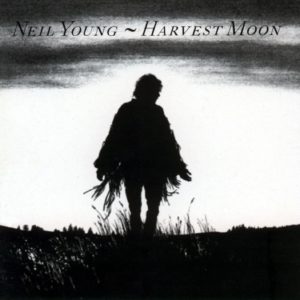
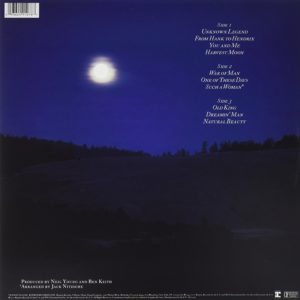
 4
4
